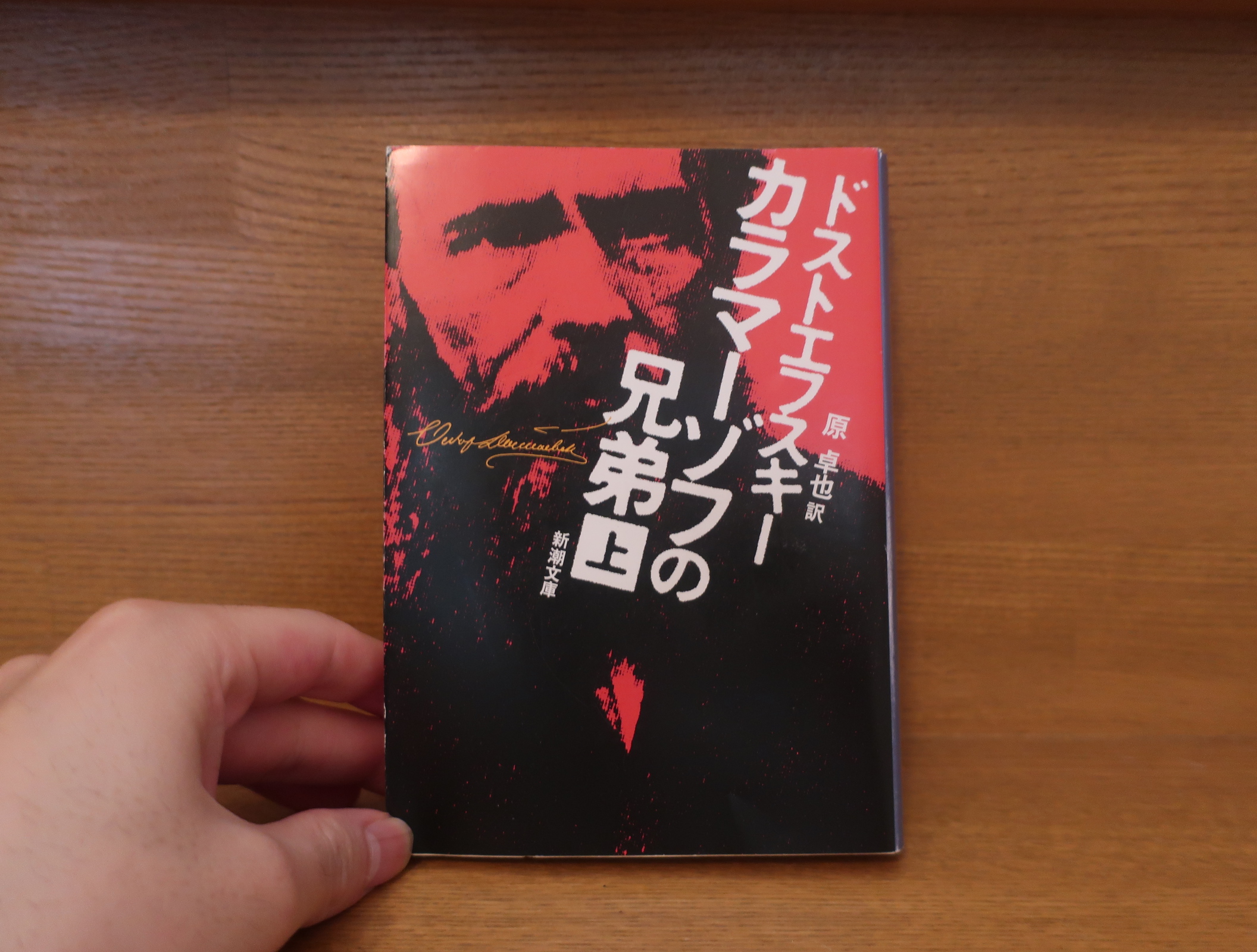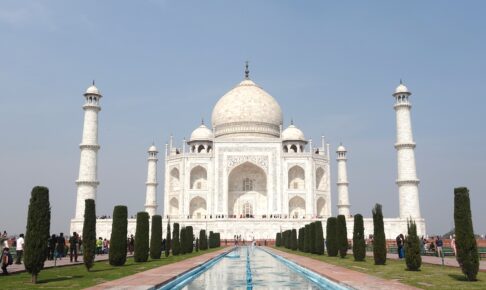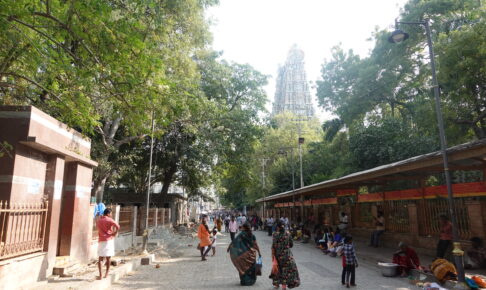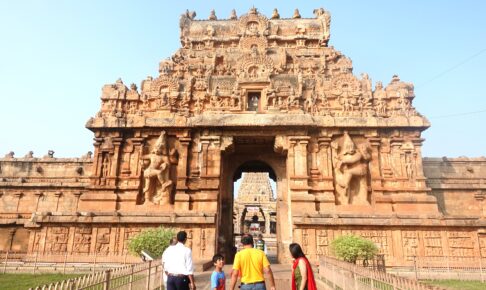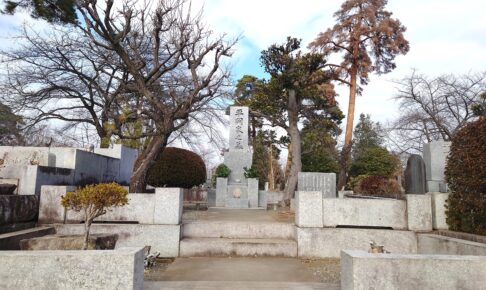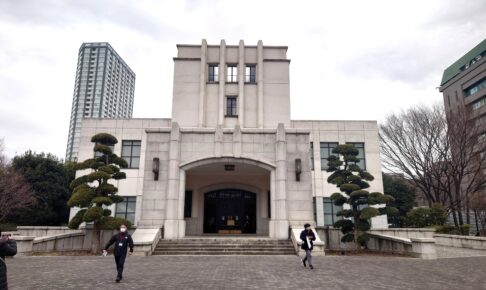Table of Contents
- 1 The Shock of the Grand Inquisitor in The Brothers Karamazov! What exactly is religion? My encounter with Dostoevsky (⑵)
- 2 Supplementary Explanation: Dostoevsky and Christianity *Added February 2021.
- 3 Supplementary Explanation (2) Is Russia European or Asian? Asia? Commonalities with Japan in relation to Europe *Added February 2021
- 4 Supplementary Explanation (3) Why is "The Brothers Karamazov" so difficult? What was the theme and background of the novel - What did Dostoevsky want to convey in this novel *Added February 2022
- 5 *Addition on January 19, 2024
The Shock of the Grand Inquisitor in The Brothers Karamazov! What exactly is religion? My encounter with Dostoevsky (⑵)
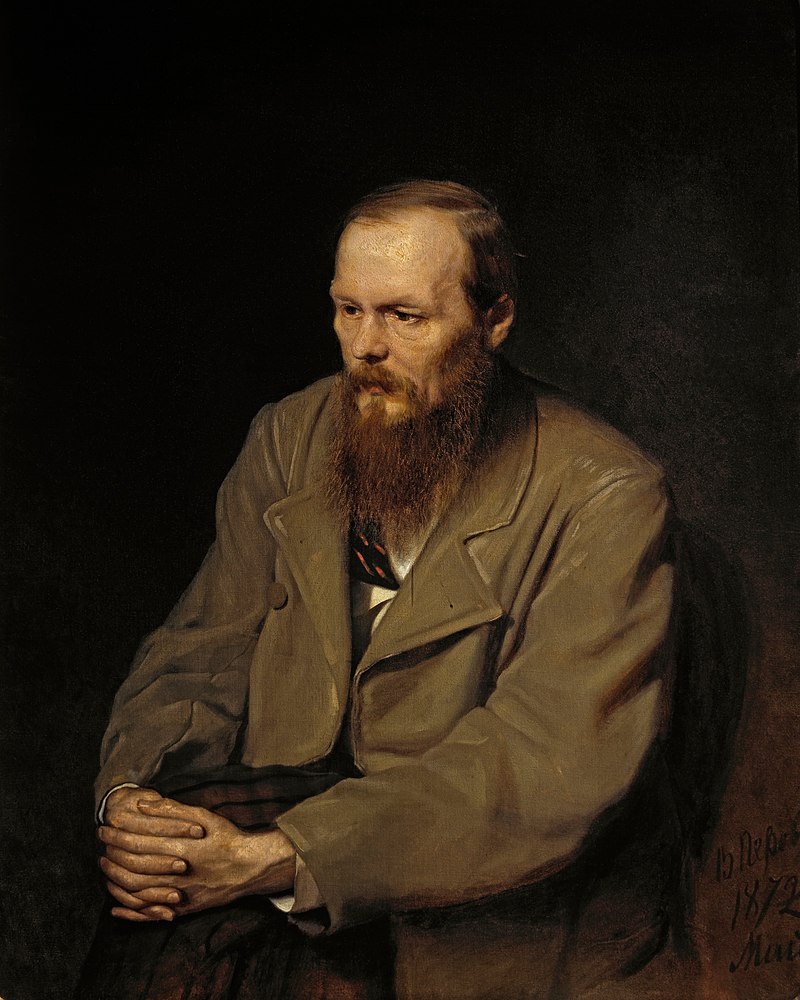
Now, Dostoevsky'sThe Brothers Karamazov.is a masterpiece that is considered one of the greatest works of literature in world history.
Before we get into the story of "The Grand Inquisitor's Chapter," let's take a look at the synopsis of the novel, translated by Takuya Hara, Shincho Bunko.
Three brothers, each with a different but strong bloodline from their greedy father, Fyodor Karamazov, are the heroes of the story. Dmitrii, a prodigal and passionate man, Ivan, a cool-headed intellectual, and Alyosha, a devout monk and the hero of the story. Smerzhakov, who is rumored to be Fyodor's illegitimate son, is one of the world's greatest literary masterpieces that places the fundamental problem of God and man in the hellscape of love and hate depicted through the interplay of these characters.
AmazonProducts Page.
The Brothers Karamazov was Dostoevsky's last work, written in the last years of his life.
As the synopsis above indicates, Dostoevsky depicts in this last work the fundamental problem of "God and man," which he has held unchanged throughout his life.
The major climax of the novel is the "Grand Inquisitor's Chapter," which I have mentioned many times.
The "Grand Inquisitor's Chapter" centers on an epic poem narrated by Ivan the second son, a cool-headed intellectual, to his kind-hearted protagonist, Alyosha, an apprentice monk.
The title of that epic poem is "The Grand Inquisitor.
The setting is Seville in the 16th century. It was a time when many people were burned at the stake by the Inquisition.

Seville is a city I also visited last year on my round-the-world trip.
Seville was the most powerful city in Spain and a major center of the Catholic faith.
The epic of the Grand Inquisitor also begins in this very huge cathedral.
Jesus Christ suddenly appeared in 16th century Seville at the height of the Inquisition. He appeared quietly, so as not to be noticed by the people, but strangely enough, everyone recognized him.
People rush to Christ, seek his blessing, and follow him.
Christ then performs miracles such as restoring sight to the blind and bringing a dead girl back to life, as people plead with him to do so.
The crowd is finally jubilant and praises Christ.
But at that very moment, the Grand Inquisitor, the high priest in charge of the Catholic Inquisition, passed by the scene.
The Grand Inquisitor saw the miracle of the girl coming back to life.
The Grand Inquisitor's face darkens. He too has realized that the man is Christ.
The Grand Inquisitor then ordered the guards to seize Christ. The people were terrified by his immense power, so they did not protect Christ, but rather grudgingly made way for the guards.
Christ is captured without resistance and led away to prison. As they watched, the people knelt down to the Grand Inquisitor, not to Christ.
Thus, Christ's sudden appearance in Seville led to his confinement in a prison cell...
The stage then changes to a prison cell, and from here the single combat between the Grand Inquisitor and Christ begins. This battle is the greatest drama in the history of literature, in which the issues of "God and man" and "faith and freedom" are pushed to their utmost limits.
The Grand Inquisitor said to Christ, "What are you doing here now? Do not interfere with us. Your work is done. You have no right to modify Catholicism now.
Christ does not answer.
In fact, Christ does not utter a word throughout the epic. This single battle is significant because it is the monologue of the Grand Inquisitor.
Now, the Grand Inquisitor brings up the biblical temptation of the devil.

The devil asked Christ, "What do you want me to do?
If you are the Son of God, why don't you command that those stones become bread?"
If you are the Son of God, why don't you jump down from here? If you're a child of God, you won't die because the angels will support you.
If you bow down and worship me, I will give you all the nations."
But Christ dismisses all three temptations. The famous words, "Man shall not live by bread alone." Christ spoke these famous words here.
The Grand Inquisitor says that these three questions are the wisest ones to say about human nature.
From this point forward, the Grand Inquisitor will use these three questions as the basis for a narrative of how the Roman Catholic Church has developed since the death of Christ and how they are leading their people.
Their secret was that they dared to modify the teachings of Christ, who had repelled the temptations of the devil, and that they ruled the people by following the devil.
The Grand Inquisitor says We have corrected your greatness,miracleandmysteryandauthorityThe people, too, rejoiced that they had once again been led like a flock of sheep. The people also rejoiced that they had once again been led like a flock of sheep, and that the terrible gift that had caused so much suffering was at last removed from their hearts.
Those three questions represented miracle, mystery and power. People want to be enslaved to it. But Christ denied that and imposed "freedom" on people.
The Grand Inquisitor determines that "being free" is the most terrible thing for people and that they want to give it up as soon as possible. He blames Christ, who is the one who gave people the freedom to believe, for ultimately leaving them at their wits' end. He says that it is a burden for people to decide for themselves what is right and wrong, and that it is their desire to bow down to overwhelming mystery and authority.
This is the part that is quite difficult to understand if you do not have any knowledge of Christianity or religious background. This is probably the reason why people without prior knowledge find "The Brothers Karamazov" frustrating and boring.
I myself first read this in the winter of my twentieth year. I don't know how much I was able to read at that time, as I was an inexperienced person with little knowledge of religion.
But this Grand Inquisitor's monologue had a tremendous impact on me.
I had never before seen such a scathing attack on religion. And the person uttering these words is a high ranking Catholic clergyman, the Grand Inquisitor, and of course, the person he is speaking to is Jesus Christ.
The Grand Inquisitor is responsible for burning heretics at the stake. He is the one who attacks Christ. What a paradox!
But the Grand Inquisitor was not a Christ critic by nature. Rather, he was once an ardent Christ-follower. He lived for Christ and fervently sought and practiced the free faith that Christ preached.
But in the end, he ended up on the Catholic side. He, too, had his own irresistible suffering and conflicts.
I am also fascinated by the description of this area.
Although I did not know it at the time, Dostoevsky himself was a fervent believer in the Russian Orthodox Church. Because Dostoevsky was a fervent believer, he went to extreme lengths to discuss issues of faith. On the surface, the "Grand Inquisitor's Chapter" is vehemently atheistic, but in fact, it is this chapter that opens up the later development of the book.
Now that I have discussed the "Grand Inquisitor's Chapter" so far, Dostoevsky's lightning bolt fell on me as I was wondering "What is religion?" and "What is the difference between the Aum and me?".
I have come to know. There is no turning back now.
I can no longer live my life from now on ignoring the issues discussed in this chapter of the Grand Inquisitor.
This was the moment when a clear path was made for me, who had been vaguely wondering "what is religion" and "what is the difference between Aum and myself?
Will I be able to overcome this problem?
Is religion really what the Grand Inquisitor says it is?
This was the second origin of my study of religion.
This is how I met Dostoevsky.
Nine years after this encounter, I would have a second encounter with Dostoevsky after completing my round-the-world trip.
be unbroken
Next Article.
Click here to read the previous article.
Supplementary Explanation: Dostoevsky and Christianity *Added February 2021.
At first glance, the "Grand Inquisitor's Chapters" appear atheistic, attacking religion.
However, this is not actually the case.
As I mentioned earlier, Dostoevsky is talking here aboutAgainst the Roman Catholic ChurchIt is.
I didn't know until I studied Dostoevsky that Roman Catholics and Russian Orthodox have a different history and teachings.They were completely different.The first is the
Dostoevsky believed in the Russian Orthodox Christ.
That is why Dostoevsky added his criticism of Roman Catholicism.
Orthodox priest Yasuyuki Takahashi's "Greek Orthodox ChurchIn "The New York Times," the following is stated.
This entire scene is said to be the central part of "The Brothers Karamazov" and is a clear expression of Dostoevsky's ideas. Following this scene, the life and teachings of Zosima the Elder are written under the subtitle "The Russian Monk" as an antithesis. This sequence is a microcosm of Dostoevsky's own experience, in which he found the answer to his doubts about Western Christianity and its product, Western thought, in Eastern Christianity and its product, traditional Russian culture and thought.
Kodansha, Takahashi, Yasuyuki, Greek Orthodoxy, p. 224.
The story of Elder Zosima and Alyosha, which comes afterwards through "The Grand Inquisitor's Chapter."
This is Dostoevsky's idea of religious salvation, Takahashi says.
The great significance of the "Grand Inquisitor's Chapters" is that in order to achieve that salvation, they had to go through the severe criticism and skepticism toward Catholicism, or even religion itself, as described in the "Grand Inquisitor's Chapters.
So what is Russian Orthodoxy and how does it differ from Catholicism?
Please find the link below for those interested.
I myself had an image of Christianity as Catholicism or Protestantism, but in reality, even though they are the same, they are different religions depending on their regional characteristics and history.
If you think about it, the same is true of Buddhism. Buddhism in Thailand and Myanmar is totally different from Buddhism in Japan. Even within Japan, Zen Buddhism and Jodo Shinshu are completely different.
However, when it comes to Christianity, which we do not usually have much contact with, we tend to forget about it and lump it into the big picture of Christianity. Reading "The Brothers Karamazov" and many other reference books made me think that this is something we must be very careful about.
Supplementary Explanation (2) Is Russia European or Asian? Asia? Commonalities with Japan in relation to Europe *Added February 2021
And one last point.
Dostoevsky is considered a representative of the Slavic school of writers, while Turgenev is often cited as a representative of the Western school.
To put these two groups in very rough terms, the Slavic group is the Russia-loving group, and the Western European group is the Europe-loving group.
This is a debate that also existed from the end of the Edo period to the Meiji Restoration in Japan.
The principle is similar for the Sonno Joist and the Open Door policy.
What is unique to Japan is what is important. If we are too dependent on the West, we will ruin our country!"
No, no, now is the time to tear down the old Japan, adopt advanced Western civilization, and be reborn!"
It is just like the argument that says.
It may come as a surprise, but Russia was once treated as a frontier Asian country by Europe.
In the early 1700s, Peter the Great created St. Petersburg and Westernized the country at a stroke, but it was still considered a latecomer to the West, compared to England, Paris, Germany, and other Western European countries.
We have also summarized this in a previous article for those interested.
In this context, Dostoevsky criticizes Western and Roman Catholicism and states in this work that the spirit of Russian Orthodoxy is our salvation.
In this light, it can be said that this work is not merely a novel about who the murderer is, but a combination of various issues such as the historical background and history of the time, as well as conflicts of religion and thought.
It is of course possible to read it simply as an entertaining novel, but the more one learns about the background, the more one understands the enormity of what is put into this work, and the more one reads it, the more interesting it becomes. I feel that this is why it is still loved and read around the world as the world's greatest literature.
Supplementary Explanation (3) Why is "The Brothers Karamazov" so difficult? What was the theme and background of the novel - What did Dostoevsky want to convey in this novel *Added February 2022
In the following article, we will look at the actual theme of "The Brothers Karamazov" and the context in which it was written. I am sure that your view of "The Brothers Karamazov" will change dramatically. And above all, you will enjoy "The Brothers Karamazov" even more. I highly recommend this article.
*Addition on January 19, 2024
From early November to late December 2022 I traveled in Europe.
Germany, Switzerland, Italy, and the Czech Republic.
I visited these countries because they are associated with the great Russian writer Dostoevsky.
As I have mentioned in this article, I was baptized by the "Grand Inquisitor" and my relationship with Dostoevsky began. Then, starting in 2019, I continued my studies on "Shinran and Dostoevsky" and planned a trip starting in November 2022 as the culmination of my studies. Please read the following article to learn more about my "Dostoevsky Journey".
Related Articles











